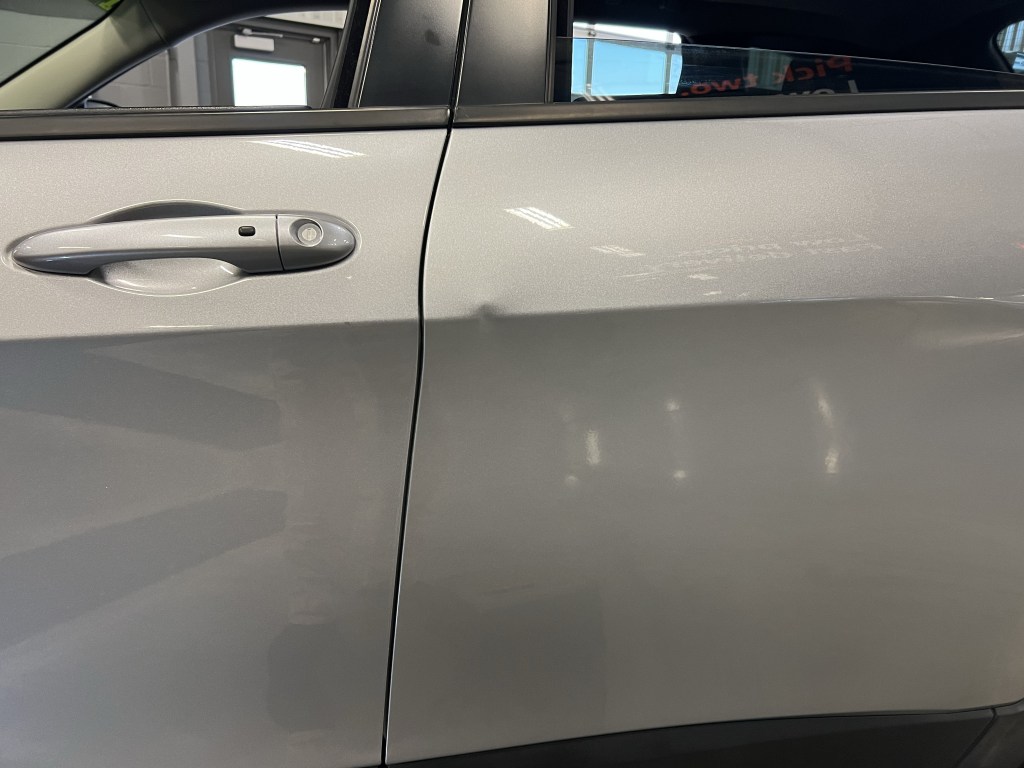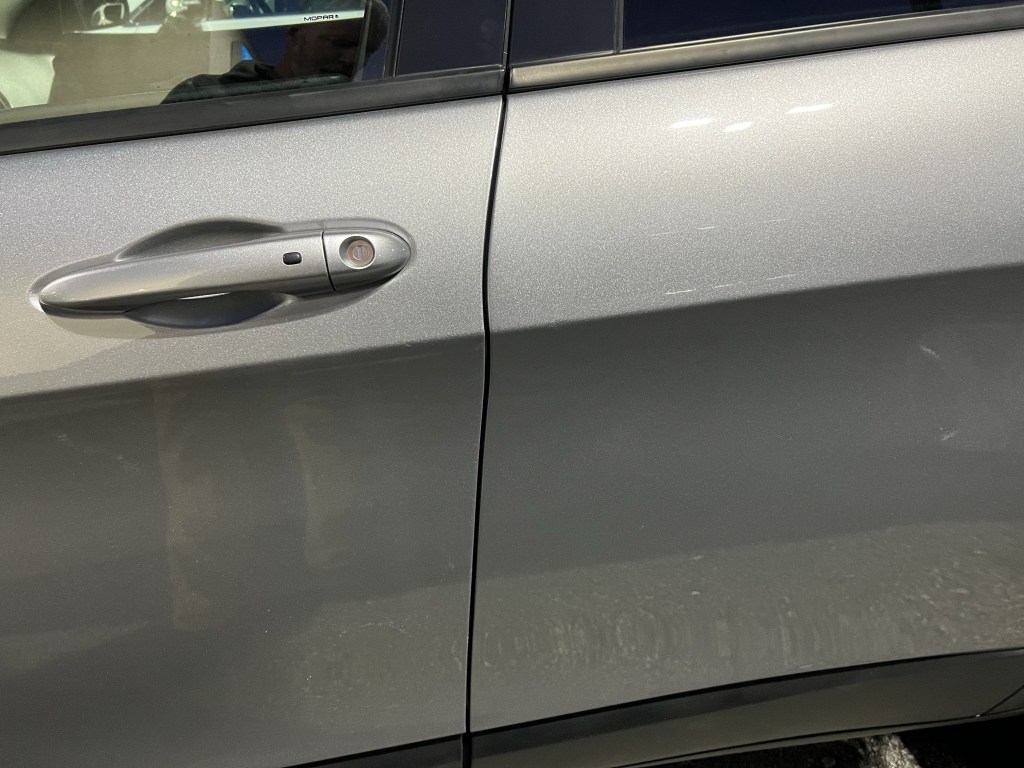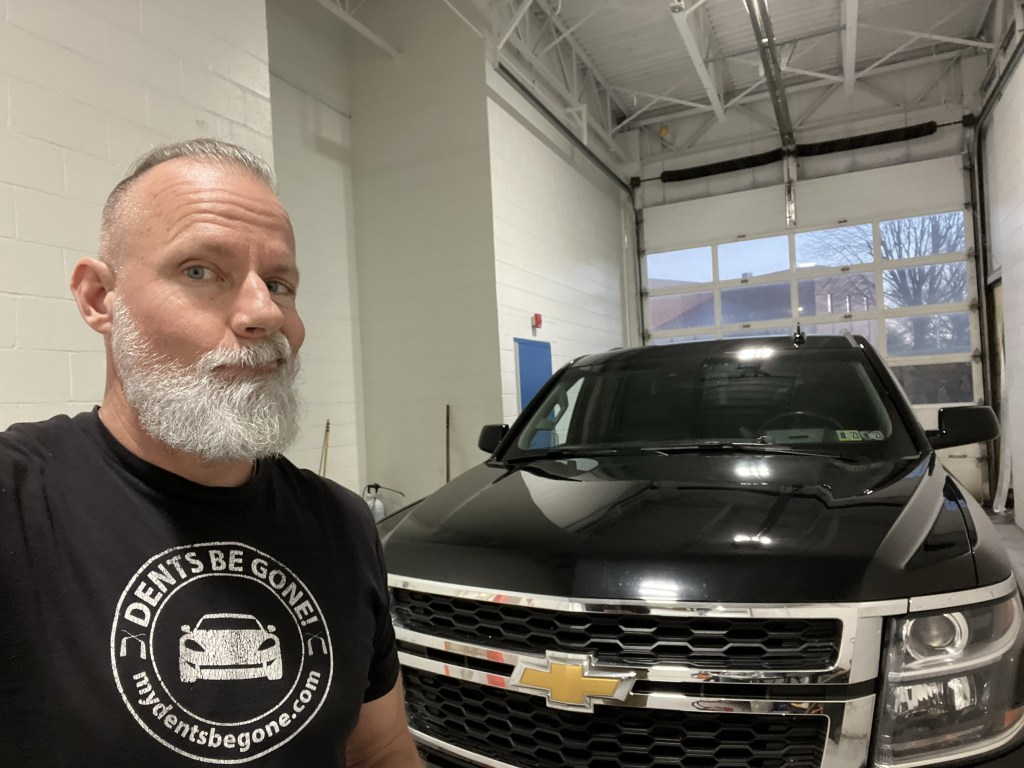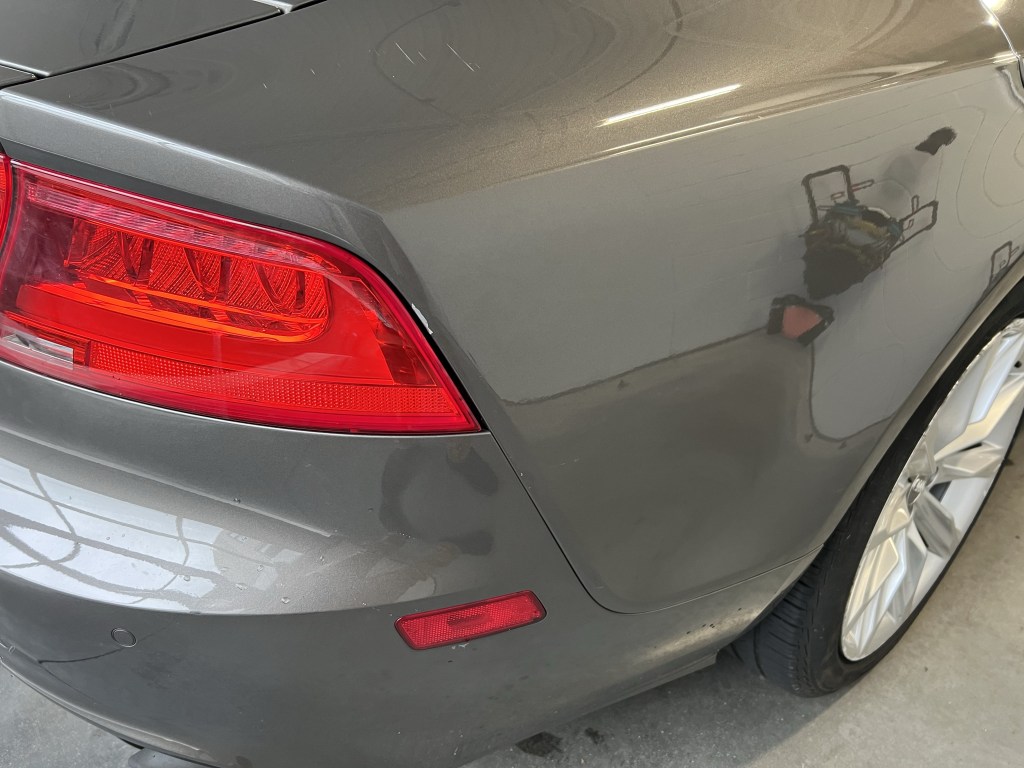If you are returning a leased vehicle at the end of the lease period, it is generally a good idea to have any dings or dents repaired before you return the car. This is because leased vehicles are typically inspected when they are returned, and any damage that is not considered “normal wear and tear” may result in additional charges.
If the dings or dents on your vehicle are minor and can be repaired using paintless dent repair (PDR) techniques, this may be a good option. PDR is a technique that allows technicians to remove dents and dings from vehicles without damaging the paint finish, and it can be less costly and time-consuming than traditional bodywork.
However, if the dents or dings are severe or if the paint finish has been damaged, you may need to have traditional bodywork done to repair the damage. In this case, it is important to get an estimate of the cost of the repairs before you decide whether to have the work done.
Ultimately, the decision of whether to repair the dents or dings on your leased vehicle before returning it will depend on the severity of the damage, the cost of the repairs, and your personal preference.





